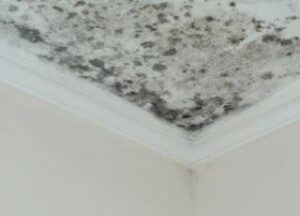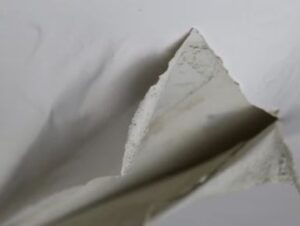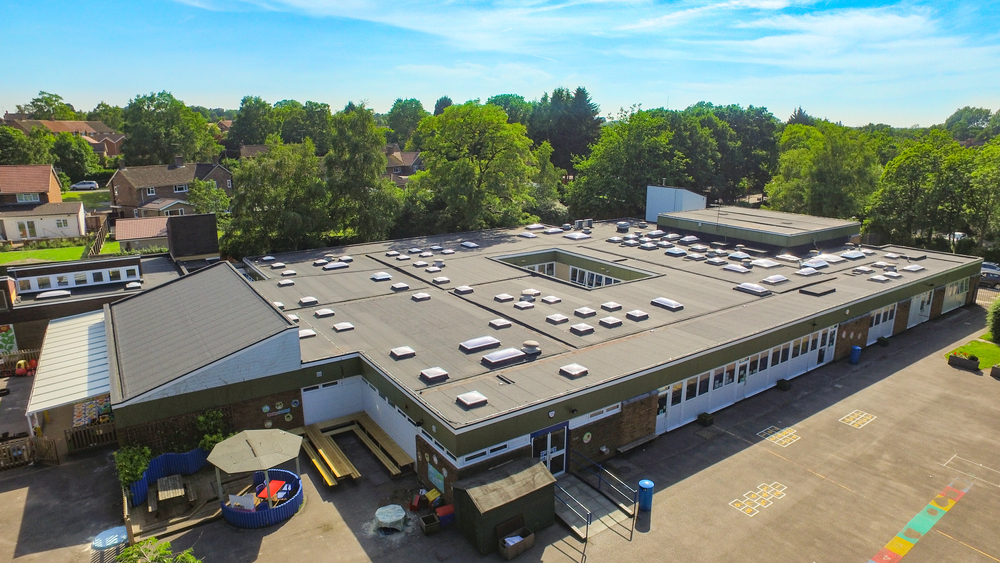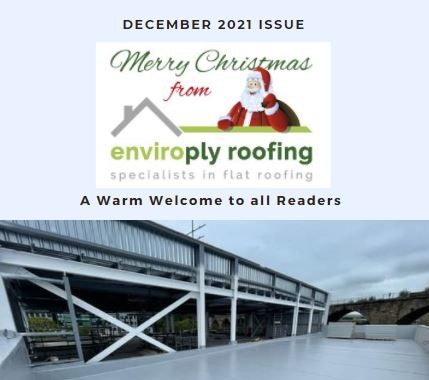Welcome to Decembers issue!

Latest Secured Projects
We are thrilled to share with you our recently secured projects here at Enviroply Roofing Ltd
Kearsley Development – Working alongside Watson Homes
Ollerton Oaks – Working alongside Brighouse Homes
Lathbury Gardens – Working alongside G C Construction Ltd
Check out our news page to read more about our secured projects.
Humidity
Humidity is the concentration of water vapour which is present in the air. High humidity is a potential problem for all roofs, as it increases the chances of condensation occurring. Essentially, as the warm air rises, and meets the colder air at the top of the building, the water vapour in this air will reach its dew point and turn back into a liquid. The more water vapour there is, the more potential condensation can occur.
This can cause several issues which can consist of:
- Rotting wooden timber joists and structural frames
- Mold build up
- Internal leaks
- Deterioration of fixings
For Single Ply roofing, there are a number of things that can be done to lower the risk of condensation. Relative humidity calculations will be used to develop the roof, helping to determine the positioning and size of the vapour control layer, as well as any necessary adjustments.


Warm Roofs and Cold Roofs
For Warm Roofs and Cold Roofs the considerations for tackling humidity are different, as each type of roof is built in a different way.
A Warm Roof is designed with the insulation over the top of the roof deck, on top of a vapour control layer, and underneath the roof covering, whereas a Cold Roof is designed with the insulation between the rafters, so it’s important that the air can circulate, to reduce any humidity issues.
There are a few ways to prevent issues from occurring when it comes to humidity for Warm and Cold Roofs.
For Warm Roofs, you should:
- Fill any gaps in the insulation to prevent cold air from bridging.
- Avoid air movement through the roof system, preventing cold air from travelling.
- Use an appropriate vapour control layer and install this correctly.
For Cold Roofs, you should:
- Leave a minimum 50mm gap between the top of the insulation and the underside of the roof deck.
- Install adequate ventilation at each end of the roof.
High Humidity Environments
For high humidity environments, such as swimming pools, large commercial kitchens, and schools, these considerations above will not be enough, therefore adjustments will need to be made.
These adjustments can consist of:
- High performance metal lined vapour control layer to increase the water vapour resistance.
- Using a Fully Adhered Single Ply installation method instead of a Mechanically Fastened system – Mechanical fastenings can rust in high humidity.
- Changing carbon fixings to stainless steel fixings.
- Inclusion of air conditioning/ventilation to change the humidity inside the build.


Enviroply Roofing Ltd
E – enquiries@envrioplyroofing.co.uk
A – Unit 5 Lower Healey Business Park,
Froom Street, Chorley,
Lancashire. PR6 9AR
W – www.enviroplyroofing.co.uk

